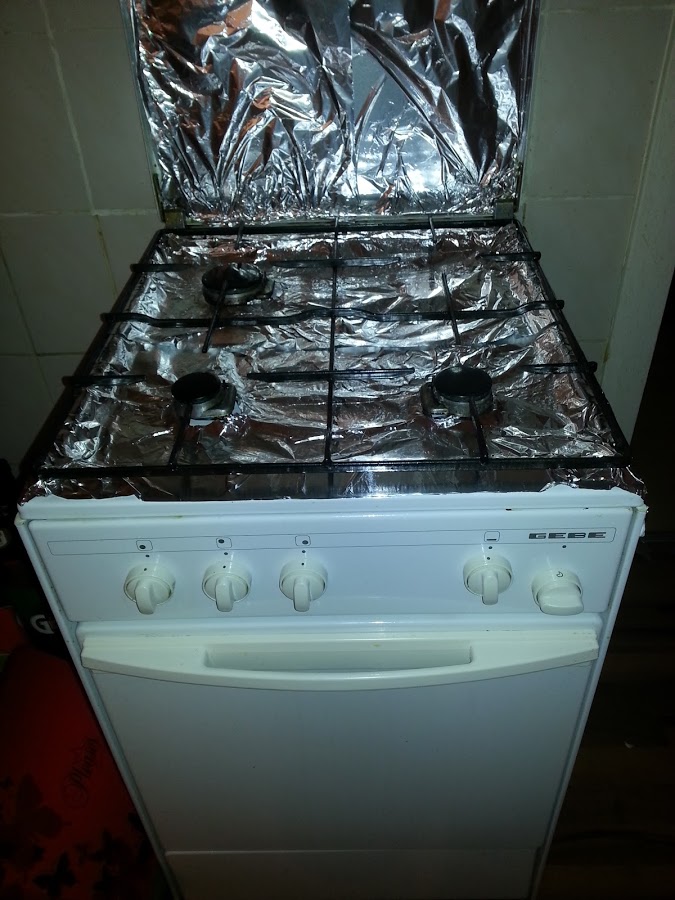3.1. Seven Questions to Cross the Gulfs
| Seven Questions | Goal | World | Execution (Discovery) |
Evaluation (Feedback) |
| What does it mean? | X | |||
| What are my alternatives? | X | |||
| What happened? | X | |||
| What do I want to accomplish? | X | |||
| What can I do now? | X | |||
| Is this OK? Have i accomplished my goal? | X | |||
| How do I do It? | X |
3.2. Reflection – gulf of evaluation or gulf of execution
To light the hot plate the user has to push and hold the knob on the front, use a lighter to inflame the gas. Furthermore the user has to hold the knob, because the fire will go out as soon as the they release the button. So there is a gulf of execution (What are my alternatives, what can i do now).
The trick is that there is a temperature sensor which measures if the plate is hot enough to keep the fire T.he sensor is actually to shut down the gas if the fire goes out by itself or by accident to avoid gas toxication. So what happens is that it executes the trigger immediately when the plate (sensor) is not hot enough. Because there is no feedback when this threashold is reached, the user will either have to push the button long enough to be sure or has to do the trial-and-error approach. The lack of feedback could be easily fixed with a LED indicating whether the threashold is reached. So the stove is also an example for the „gulf of evaluation„.
